I believe that great change can happen by one person who has been emotionally touched by a personal experience and people act with passion when they are emotionally and physically involved. Such is the case with an extraordinary man and photographer, John Rowe. I met John Rowe many years ago during a photo tour in Wyoming photographing horses in the snow. Last year our lives touched again when I was in the Omo Valley at a bull jumping ceremony. I had joined some of the Hamer women grinding grain under a hand made canopy. I asked one of the guides if he could help interpret for me so I could communicate with the women. A Kara boy by the name of Gele stepped in to help. Just before moving on I handed my business card to one of the Hamer women whom I had befriended and Gele ask if I knew John Rowe….yes, it is a small world. Both John and I had similar business cards silhouetting our subjects up on a ridge; his was of the Kara in the Omo and mine was of camels in India. Gele explained to me that John Rowe had sponsored his education, which explained why his English was so good! I knew that John had made several trips to the Omo but I was unaware of the wonderful organization that he co-founded called Omo Child. Upon returning to the United States I contacted John by email and we soon discovered how much we both shared in our love for this area and the tribes living there.
Omo Child is an amazing foundation that John co-founded with a member of the Kara tribe. The organization is set up to help save Mingi children. A Mingi child is one whom is born with a curse. These infants/children are either left alone in the bush without food and water or are placed under house arrest and are not allowed to have food or water. This means certain death for the child if they are not rescued. Lale Labuko, the other founder, was born into the Kara Tribe in the Omo River Valley in Southwest Ethiopia. He was one of the first of his tribe to receive a formal education. This opportunity led Lale to realize the critical importance of ending the tribal ritual of Mingi. He believes he can best help his tribe through education and developing humanitarian support to overcome their many hardships.
John Rowe and Lale Labuko
On my last trip to the Omo John had arranged for me to stay with Lale Labuko’s family in Dus Village and visit the Omo Child home where they are caring for 35 children. But first, I was to travel down the very remote east side of the river bushing camping for eight days. Our fist stop was in Kibish, home of the Suri tribe. We would then continue on to visit the Bumi tribe (also known as the Nyangatom Tribe) before arriving in Omorate home of the Daasanach where we would cross the river by canoe and begin heading towards Kara land. When we arrived at the Bumi we felt it was a little hostile and decided to push on to Omorate two days early. We pulled into Omorate just after sundown and I went to sit along the river while negations took place and camp was set up. While I was sitting peacefully in awe of such a place a man was coming up from the river where he had just taken an evening bath. He stopped and greeted me, “Hello, how are you, where are you from?” When I told him I lived in southern California, he ask me “Do you know John Rowe?” What an incredible moment that I would be sitting along this river two days early and meet Silbo who was a tribal brother of Lale Labuko and who would over the next three days tell me all about the true traditions of the Kara tribe, Mingi, the Omo child foundation, and how much John Rowe had helped the Kara people.
It is such a gift to see how one man with a passion can give so much and bring great change. Throughout my travels in Africa I have visited many projects, organizations, schools and orphanages but none have been like visiting the Omo Child home. The home in Jinka is completely run by members of the Kara tribe making a better future for their own people. When I arrived in the front yard there were hanging lines full of clean clothes for the children. The home was organized, clean and there were plenty of toys for the children, whom all seemed very happy and very loved by the devoted nannies that take care of them. Soon the older children arrived home from school and I was able to spend some time with them and see what a difference an education will make in their lives. I was again reminded how little it takes to make a huge difference in someone else’s life.
Photography has given me so much, greatly enriching my life, and has helped shape the way I view the world. Over the years of sharing my imagery and stories I have been asked “how can I help to make a difference” or “I would like to help but I am never sure if I give money to an organization if it is really going to help the cause.” I now have the opportunity to help give back and I am putting up a new page on my blog; Giving Back. Here I will highlight a few organizations that I have worked with or have visited their project and also know them personally. Omo Child will be the fist and one of the very few organizations that I will be highlighting. The work that they are doing is extremely important especially with all the changes happening in the Omo Valley and with the building of the Gibe III dam due to be complete in 2013. This organization is very special to me and relies only on donations. To find out more about Omo Child, read their story, and lend some help, please visit omochild.org.

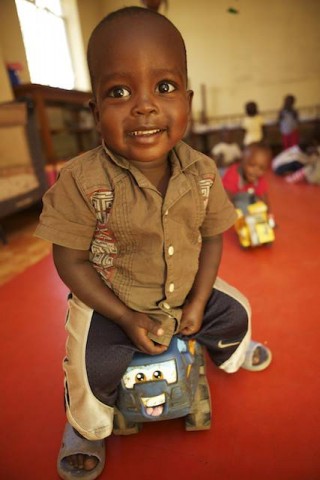
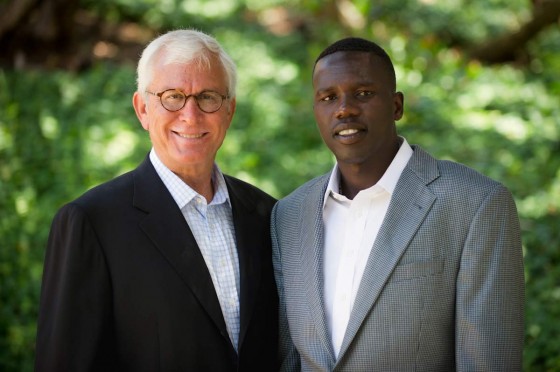
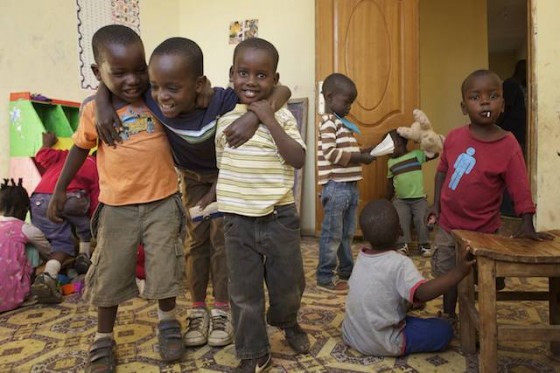
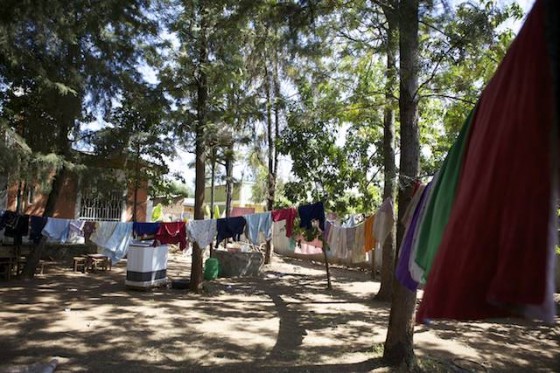
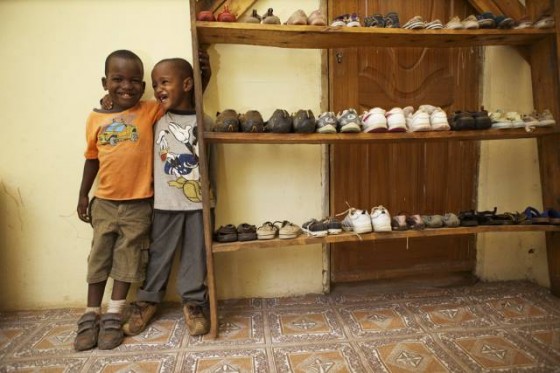
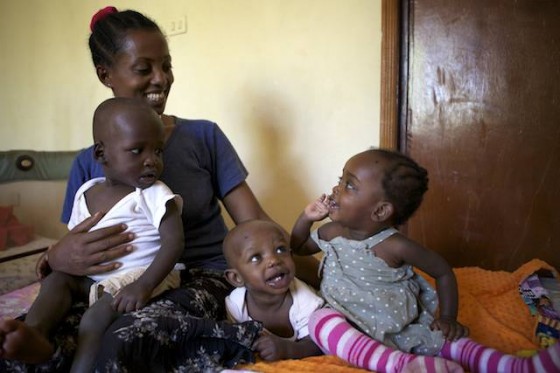
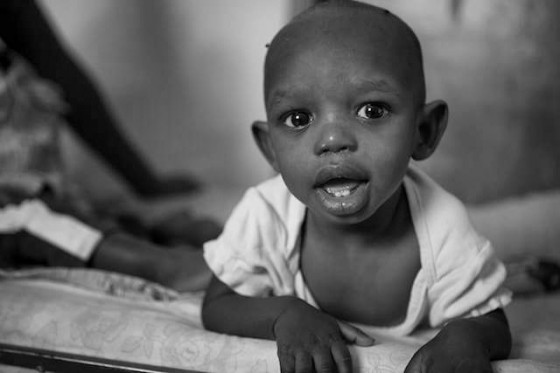
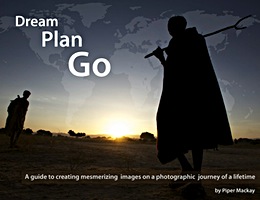



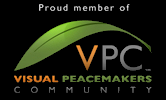
Wow Piper, how inspiring! Your passion shows not only in your photography, but your heart too.
Thank you Donnette…..hope you come with in Sept.
Wonderful photos and your explanation of how to donate is very well done.
Love, Cindy Mackay